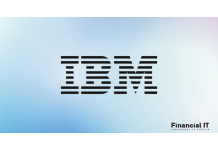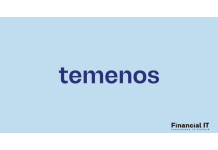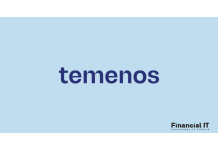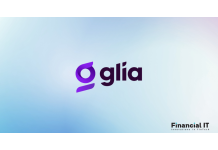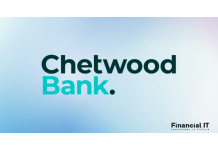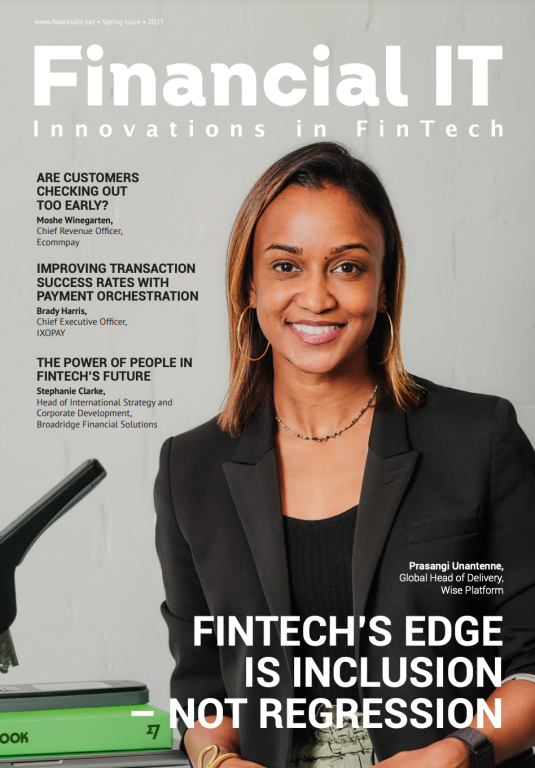Monzo Takes the Crown as Best British Bank at Smart...
- 23.05.2025 11:15 am
Pagaya Accelerates Point-of-Sale Market Penetration
- 23.05.2025 07:15 am
MuchBetter Partners With NatWest To Launch MuchBetter...
- 22.05.2025 11:05 am
Temenos Survey Reveals Banks Doubling Down on...
- 22.05.2025 09:15 am
Temenos Sets New Benchmark for Scalability of AI-...
- 22.05.2025 09:05 am
Pan Asia Bank Collaborates with IBM to Modernise Its...
- 21.05.2025 10:15 am
Temenos Launches Gen AI Copilot to Accelerate Banking...
- 20.05.2025 07:30 am
UK’s Moneycorp Selects Temenos SaaS to Scale Global...
- 20.05.2025 07:25 am
New Peer Data Helps Banks Measure AI ROI
- 19.05.2025 04:45 pm
SouthTrust Bank Selects Jack Henry to Fuel Growth and...
- 13.05.2025 03:45 pm
Chetwood Bank Celebrates Reaching £4 Billion Milestone...
- 12.05.2025 10:25 am
Mercantil Banco Chooses Cyberbank Digital from Galileo...
- 06.05.2025 04:25 pm







